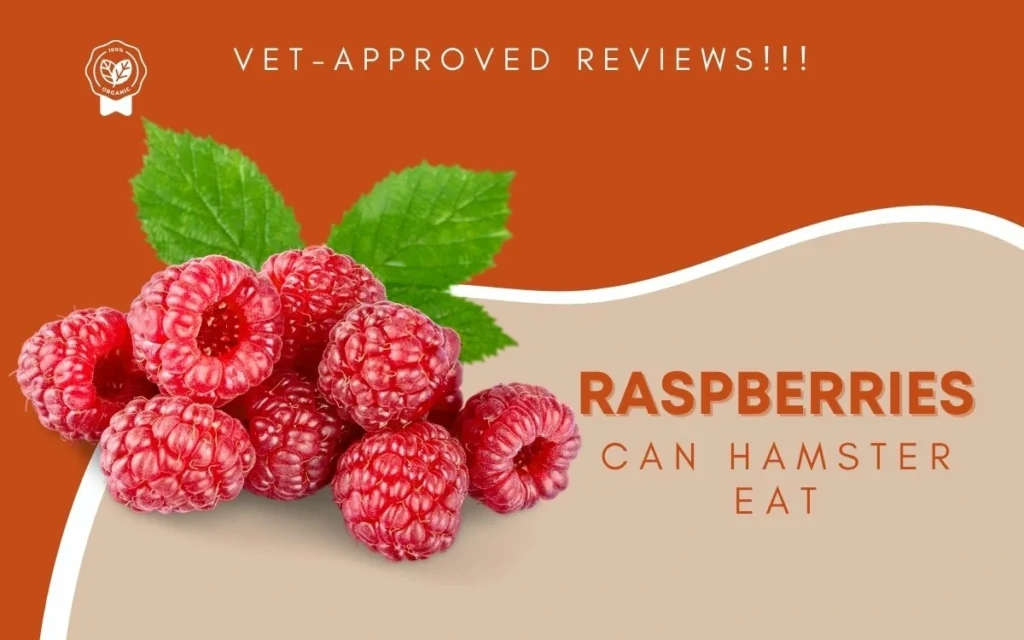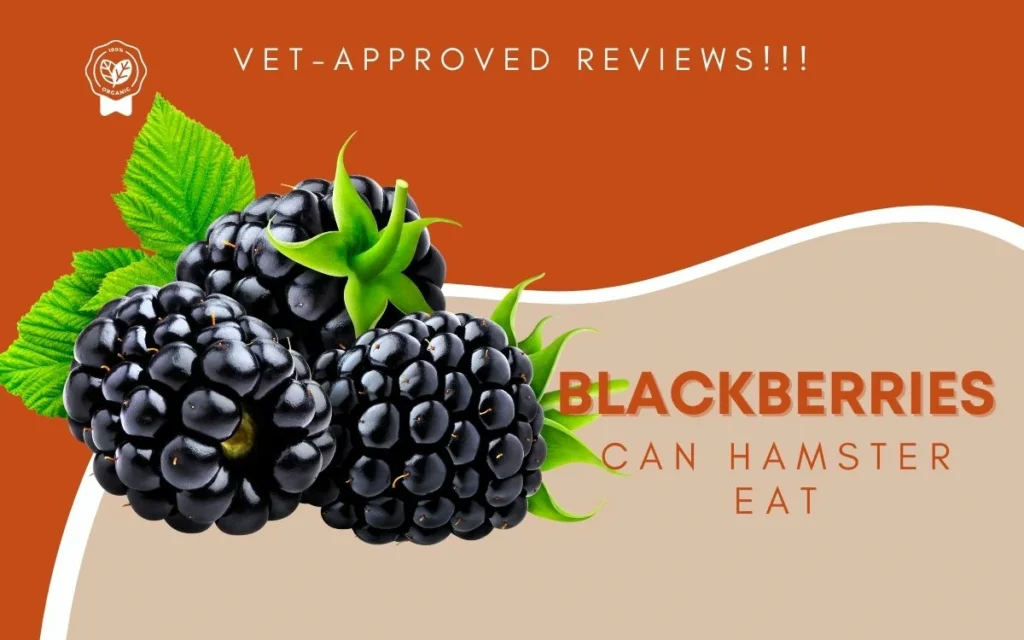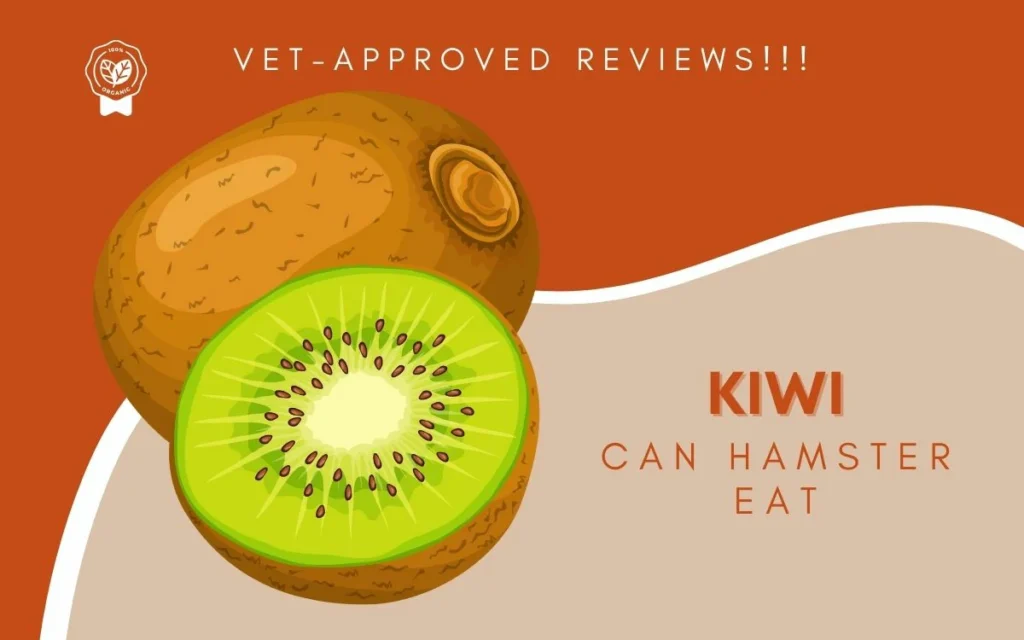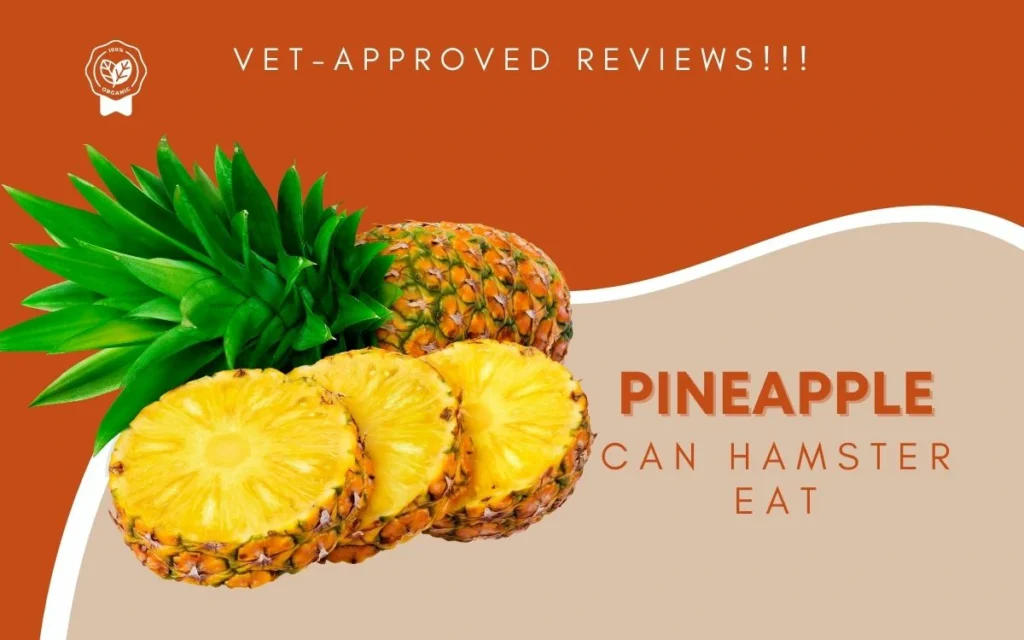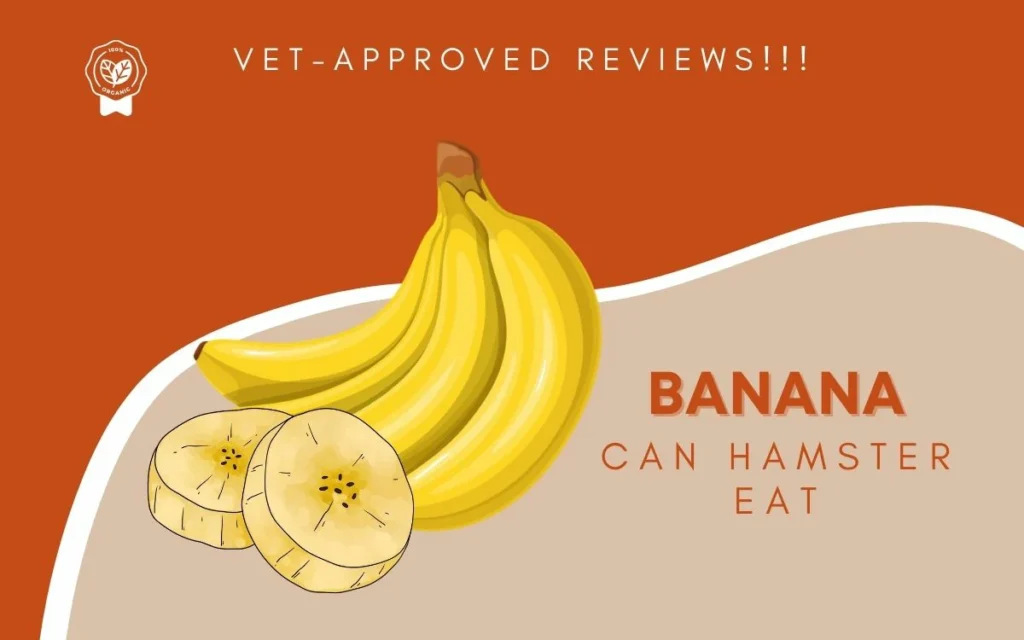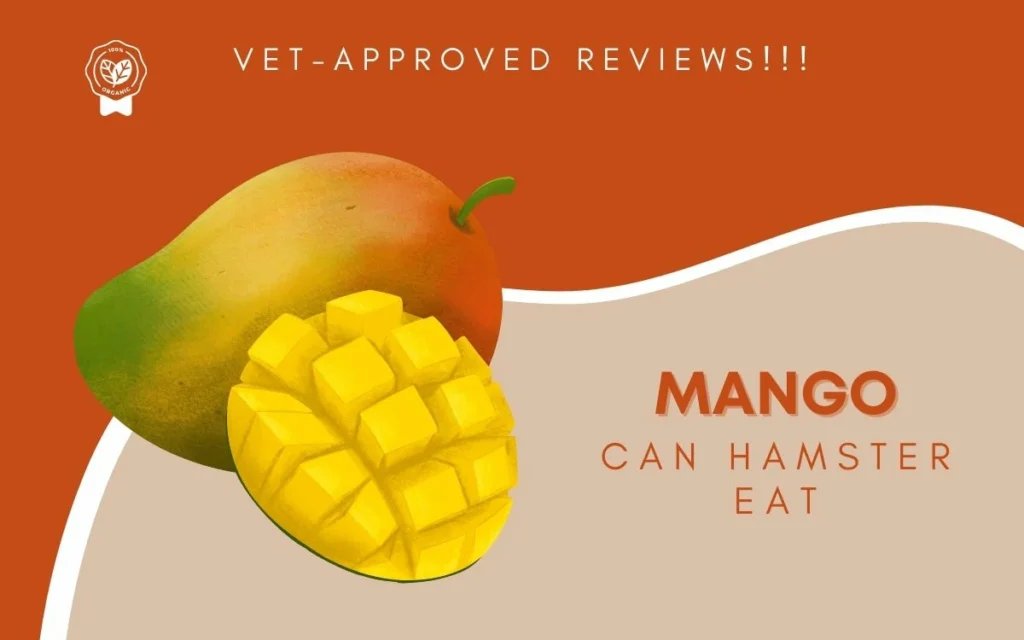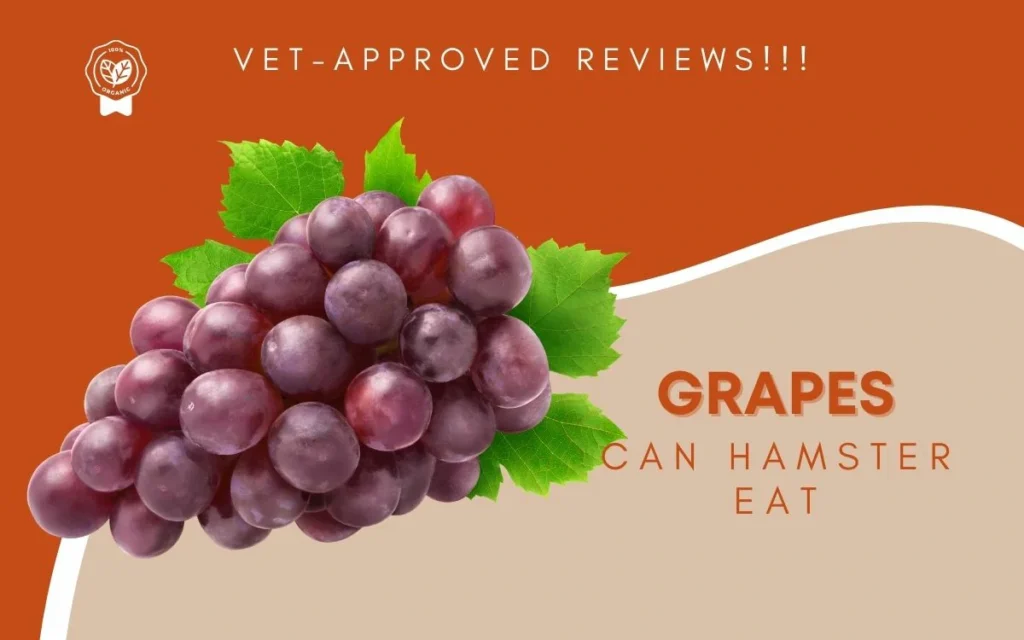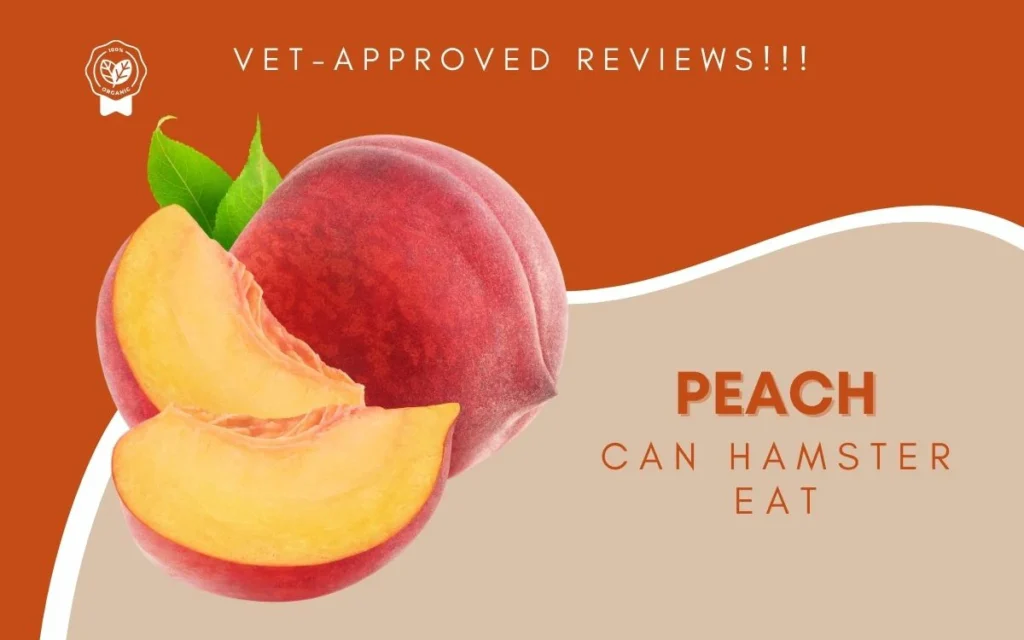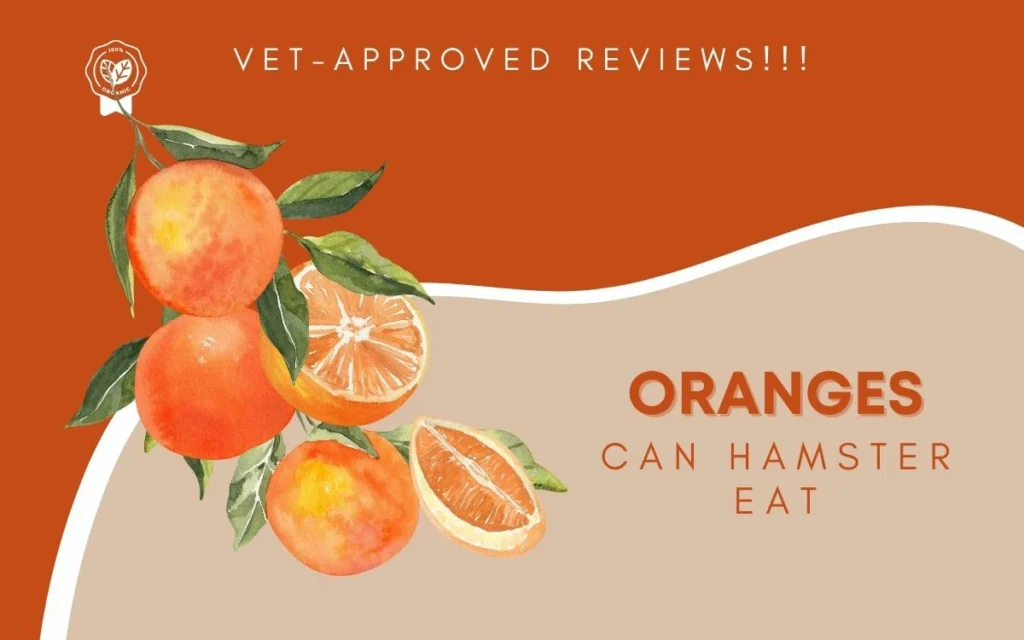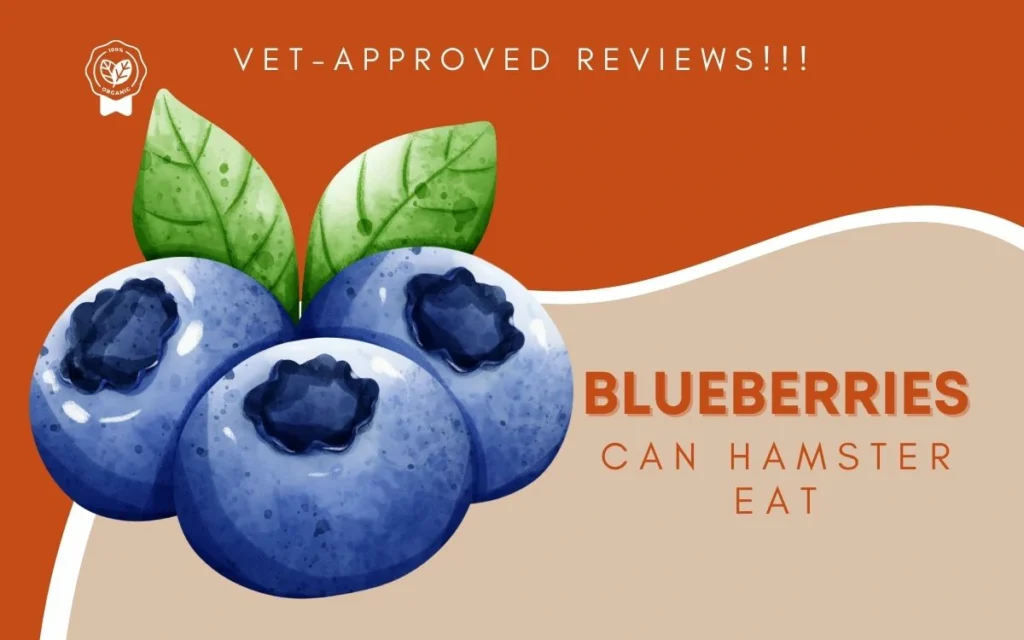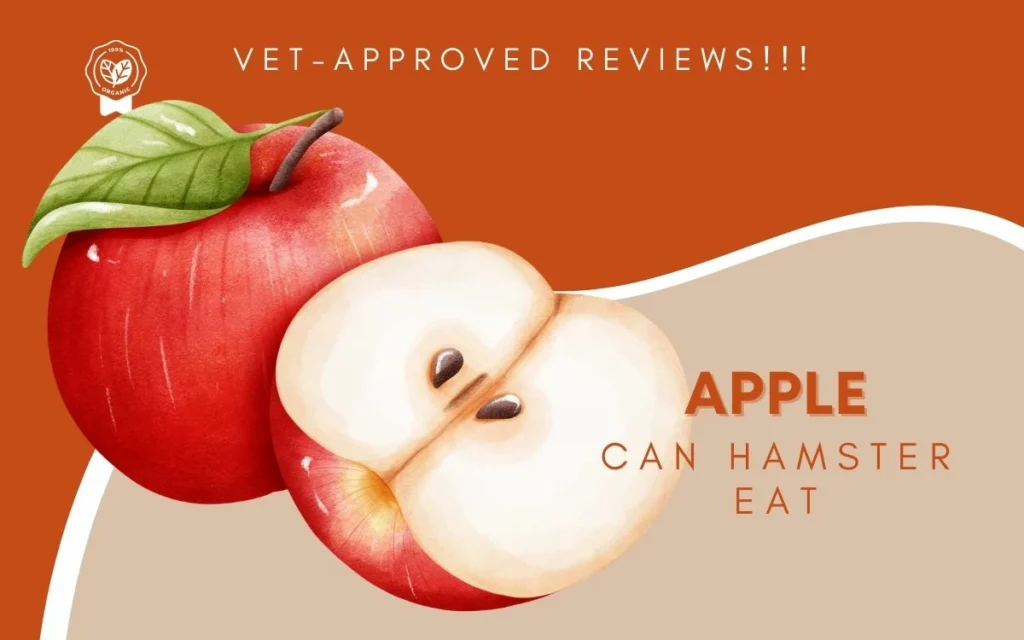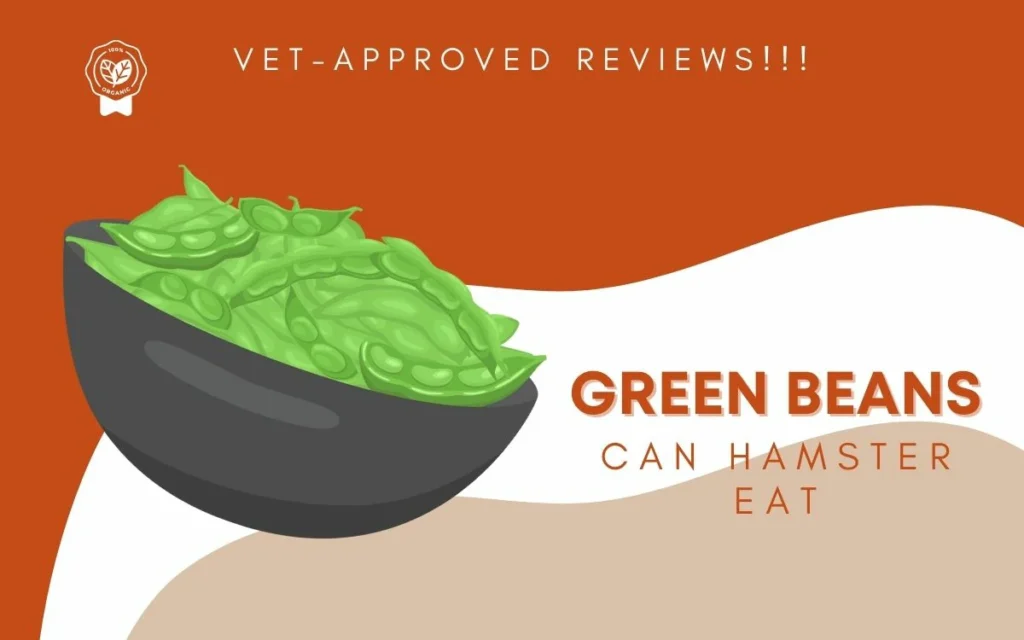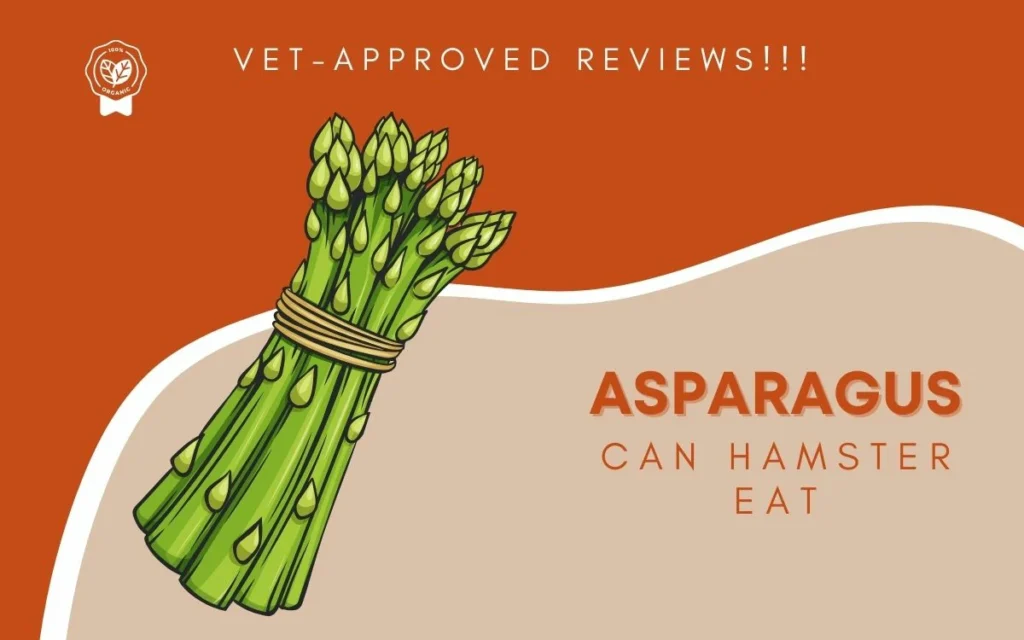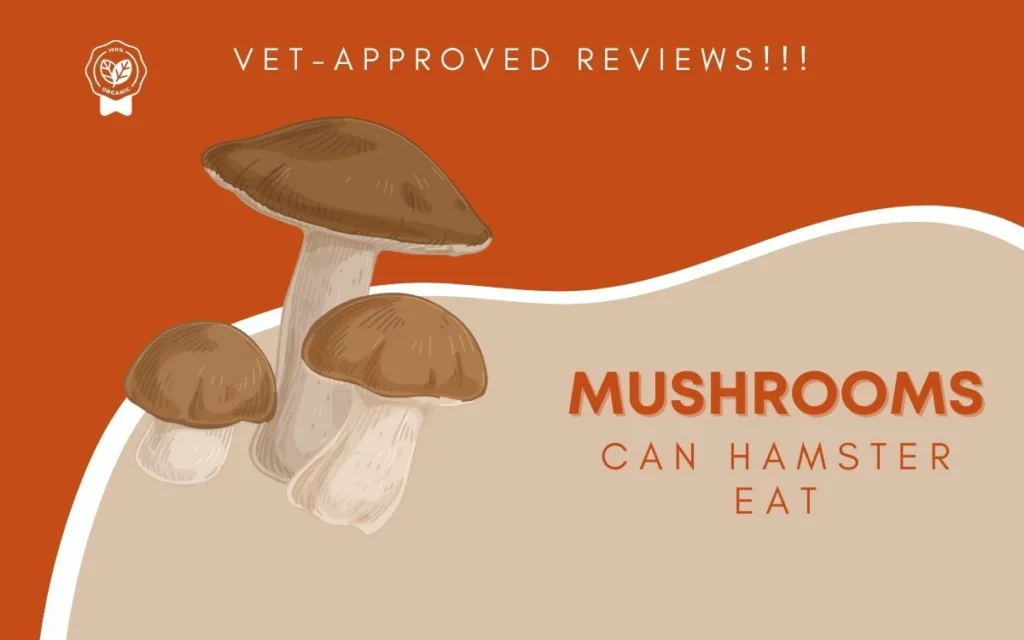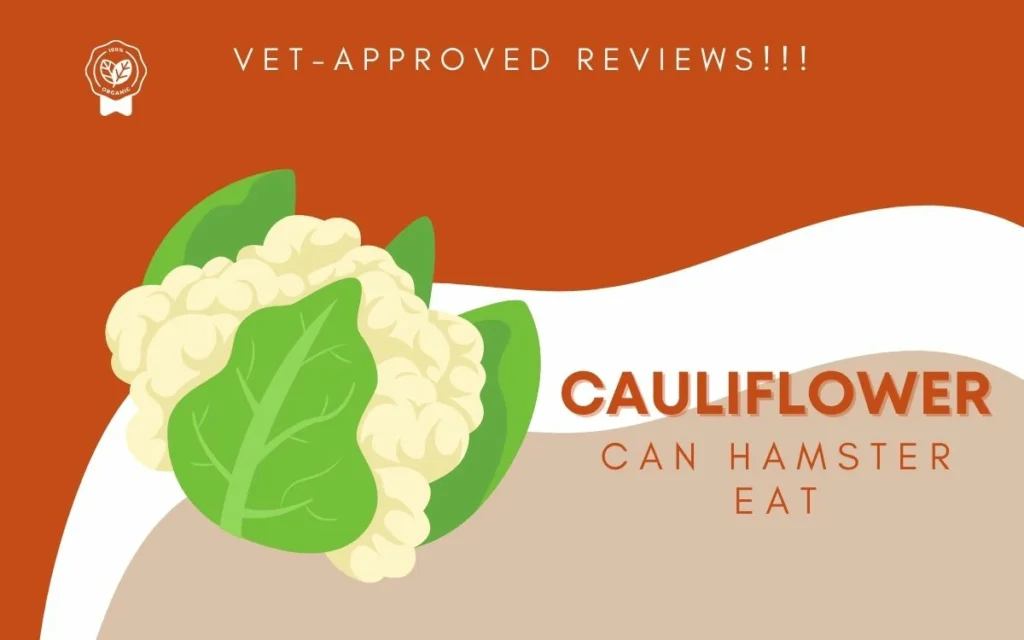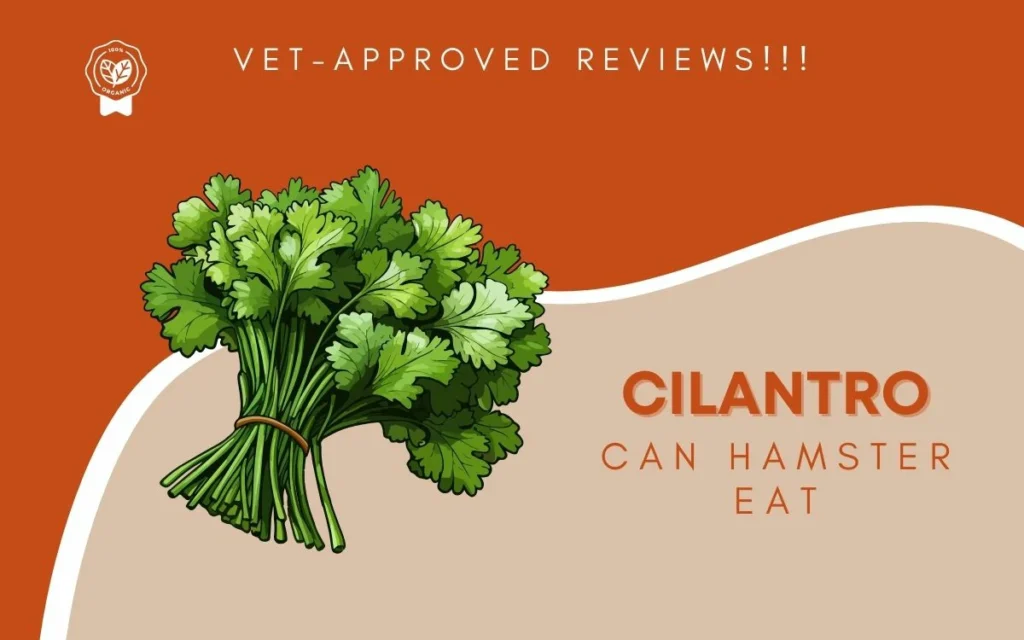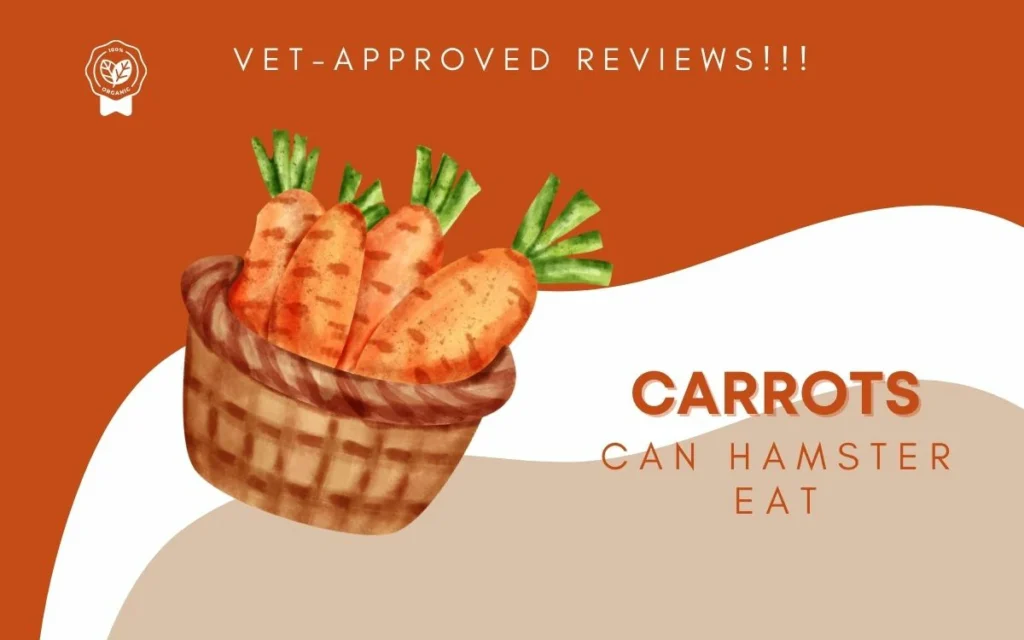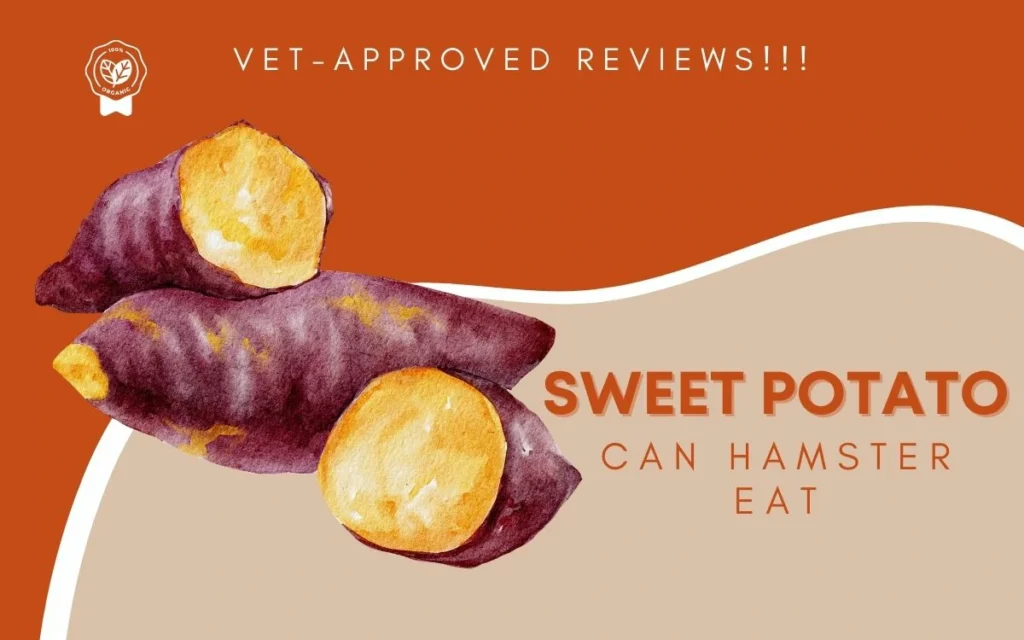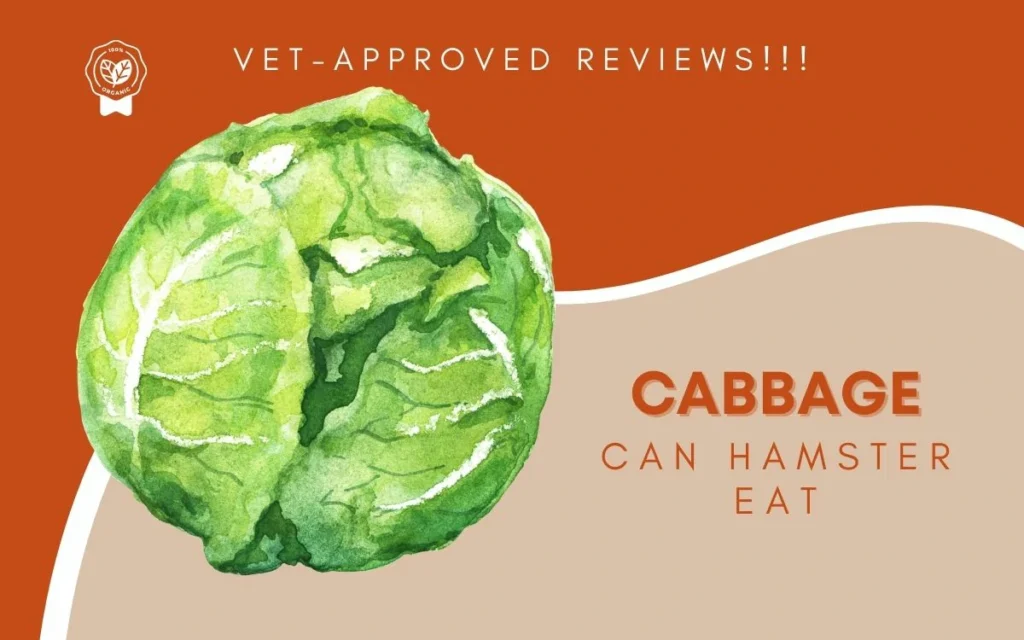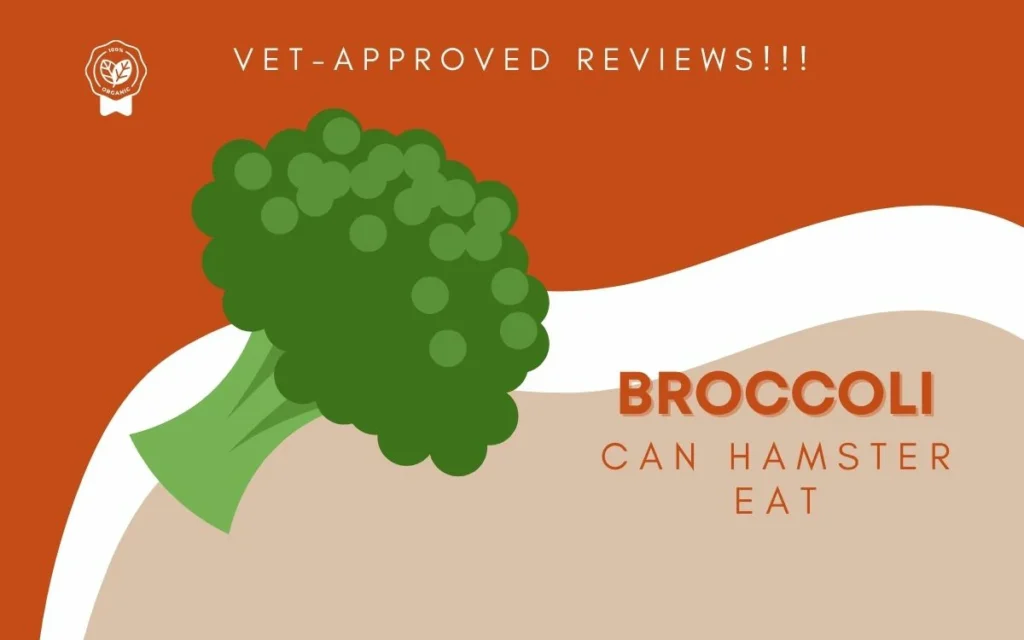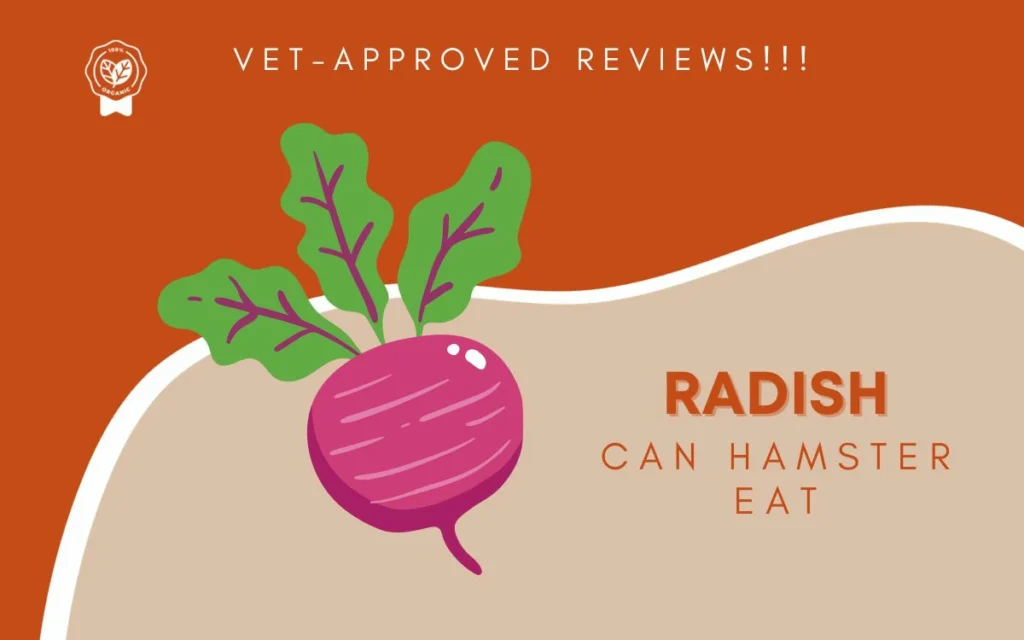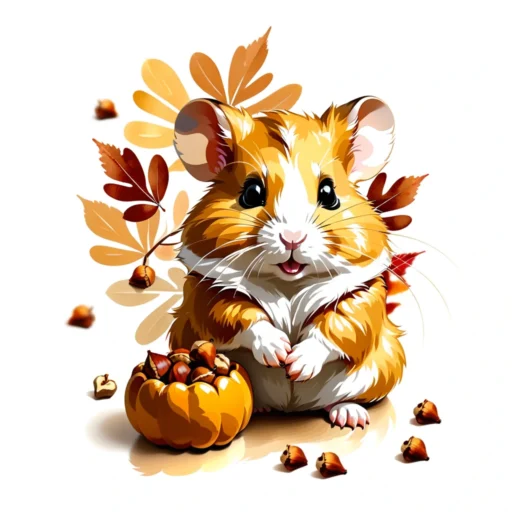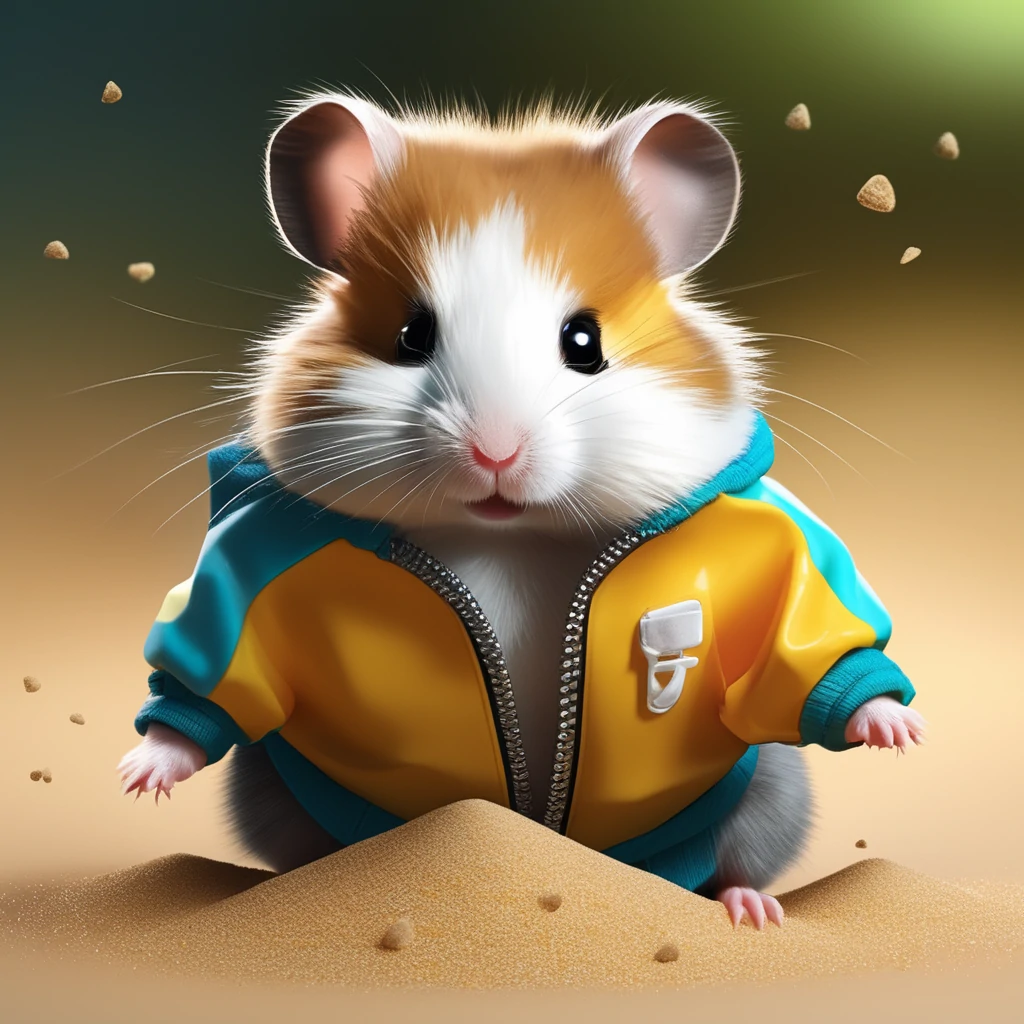Rice is a common ingredient used in many pet foods, but is it safe for hamsters to eat?
This comprehensive guide examines whether hamsters can eat rice, including the nutritional value, potential benefits, risks, proper serving instructions, and rice alternatives for a balanced hamster diet.
Can Hamsters Eat Rice:
Rice is not toxic to hamsters and can be fed to them in moderation as an occasional treat. Both uncooked and cooked white or brown rice are safe options. The main considerations are:
Uncooked Rice vs. Cooked Rice:
- Uncooked rice – Harder for hamsters to digest. Should be served cooked.
- Cooked rice – Easier to chew and digest. Cook plain with no seasonings or salt. Allow to cool before serving.
White Rice vs. Whole Grain Rice:
- White rice – Higher in simple carbohydrates. Less nutritional value.
- Brown or wild rice – Higher fiber and more vitamins/minerals. Better choice.
Overall, well-cooked white or brown rice are both fine for hamsters, though brown rice is more nutritious.
The Nutritional Value of Rice for Hamsters:
Rice supplies hamsters with these key nutrients:
- Carbohydrates:The main nutrient. Provides energy.
- Small amounts of protein and dietary fiber.
- Minimal fat, vitamins, and minerals. Higher in brown rice.
While rice serves as a source of carbs for energy, it does not provide a very nutrient-dense addition to a hamster’s diet by itself.
This is why rice should be fed in moderation, along with other foods.
Rice Varieties That Are Safe for Hamsters to Eat:
These types of rice are generally considered safe for hamsters:
White Rice:
- Long grain white
- Basmati
- Jasmine
- Sticky or glutinous white rice
Brown Rice:
- Long grain
- Short grain
- Brown basmati
- Brown jasmine
Whole grains like brown rice give an extra nutrition boost over white rice.
How Much Rice Should You Feed Your Hamster?
Rice should be fed to hamsters in small portions no more than 2-3 times per week at most. A few guidelines on serving sizes:
- Baby hamsters: Around 1-2 teaspoons of cooked rice
- Adult hamsters:1-2 tablespoons max per serving
Never feed rice exclusively. It does not meet all hamster nutritional requirements alone.
Potential Risks and Side Effects of Feeding Rice to Hamsters:
While rice is not toxic, inappropriate feeding does pose some risks including:
Digestive Upset:
Too much rice or uncooked rice may cause:
- Diarrhea
- Constipation
- Bloating
This is due to the high starch content and lack of fiber in rice.
Obesity:
Like any starchy treat, rice should not make up a large part of a hamster’s diet. Too much can lead to:
- Excess weight gain
- Difficulty exercising in wheel
- Higher risk of diabetes
Choking Hazard:
Dry, uncooked rice poses a choking risk. Always serve rice cooked soft for hamsters.
So monitor portion sizes carefully and introduce new foods slowly to avoid issues.
Alternatives to Rice for a Well-Balanced Hamster Diet:
While rice can add variety, it should not replace these dietary staples:
Commercial Hamster Food:
Well-formulated hamster mix provides balanced nutrition. Offer a continual supply.
Fruits and Vegetables:
Produce like carrots, broccoli, apple, berries. Higher in vitamins, minerals and fiber than rice.
Protein Sources:
Insects, lean meat, eggs, dairy. Needed to build muscle mass.
A diverse diet ensures all nutritional requirements are met. Rice makes a fine supplemental addition when used properly.
Tips for Introducing Rice into Your Hamster’s Diet:
Follow these tips for successfully incorporating rice:
Start Slow:
Mix just a teaspoon of rice into the usual diet at first, gradually increasing every few days to allow your hamster’s digestion to adjust.
Pick Texture Appropriately:
- Baby hamsters – Stickier textures like brown or white basmati rice help them grasp food
- Adult hamsters – Can handle individual grains of fluffy rice
Time Feeding Carefully:
Only offer rice at night when hamsters are normally active and feeding. Remove uneaten rice in the morning.
Watch Stool Quality:
Monitor stools. Softness, diarrhea or strange color can indicate digestive upset from new foods like rice.
By slowly transitioning and sticking to the proper amounts, rice makes a healthy supplemental addition.
Feeding Rice to Baby Hamsters: What You Need to Know?
Baby hamsters can begin eating cooked rice starting around 3-4 weeks old as they transition off mother’s milk onto solid foods, but extra care is required:
Wait Until Weaned:
Do not offer any solid rice before hamster babies are fully weaned, around 3-4 weeks old. Mother’s milk remains crucial beforehand.
Mash Well:
The rice must be mashed down thoroughly into a paste-like consistency for new babies. Whole rice grains pose an immediate choking threat to unweaned baby mouths and teeth.
Monitor Carefully:
Watch to ensure the hamster pup can successfully swallow the rice paste. Never leave unattended with new foods until they demonstrate the ability to eat appropriately.
With careful introduction under close supervision, rice can help provide growing hamster pups the calories and carbohydrates needed to fuel their rapid development. Just be cautious.
Common Misconceptions About Feeding Rice to Hamsters:
Some false yet worrying claims about feeding rice to hamsters regularly circulate online. Let’s clear them up:
Raw Rice Does Not “Expand in the Stomach”
A common myth warns against feeding dry rice since it may dangerously swell up. In truth, uncooked rice only expands when cooked in hot water – not inside the body.
Still, stick to cooked rice since it is easier for hamsters to digest.
Rice Alone Does Not Provide “Complete” Nutrition:
Some sources claim rice offers all required hamster nutrition. In fact, no single food item can provide a complete diet.
Rice lacks key hamster vitamins, minerals, fiber and protein by itself. Offer as just one supplemental component of a varied diet for optimal health.
Can Hamsters Eat Rice Krispies?
Rice Krispies cereal is not suitable for hamsters to eat. While the puffed rice base would not seem overtly dangerous and minimally processed varieties do exist, most commercial brands contain:
Sugar Coating:
The signature sweet glaze provides unnecessary sugar unhealthy for hamsters.
Other Questionable Additives:
Mass-market cereals often pack preservatives, colors and flavors inappropriate for sensitive hamster digestion.
Overall, while non-sugary puffed rice alone may be harmless as an occasional nibble, heavily processed breakfast cereals do not make ideal hamster fare compared to more wholesome options.
Can Hamsters Eat Rice Cakes?
Like Rice Krispies, commercially produced rice cakes sold as snacks feature excessive seasoning and unnecessary additives making them unsuitable as hamster fare:
Salt Content:
Most mass-market rice cakes contain added salt, which should be avoided for hamsters due to hypertension and kidney disease risks.
Preservatives and Flavorings:
Ingredients like maltodextrin or “natural flavors” offer no benefit. At worst, these mystery additives may irritate sensitive hamster stomachs.
Ultimately, while plain puffed rice would not likely cause direct harm, heavily flavored and preserved rice cakes make for unhealthy hamster treats. Better to stick to fresh fruits, vegetables and whole grains.
Can Hamsters Eat Basmati Rice?
Yes, basmati rice can make for fine occasional supplemental feeding for hamsters. A few key advantages of this rice variety:
Highly Digestible:
The longer grains and fragrant flavor make this rice simple for hamster stomachs to break down and pass.
Nutrient-Dense:
Compared to white rice, whole grain brown basmati rice especially provides extra vitamins, minerals and fiber beneficial for overall hamster health.
When introducing basmati rice, the same feeding guidelines apply as for other rice varieties – serve brown basmati over white for added nutrition, cook thoroughly and exercise moderation to avoid overfeeding.
Can Dwarf Hamsters Eat Rice?
All species of dwarf hamsters like Campbell’s or Roborovski can eat rice in similar moderation to larger Syrian hamsters.
The same cooking guidelines, portion controls and feeding frequency limits apply no matter the hamster breed.
However, some additional precautions should be taken with smaller dwarf breeds when feeding rice:
Account for Miniscule Size:
At just 2-4 inches long, dwarf hamsters are less than half the size of Syrians. Adjust tiny 1/2 – 1 teaspoon serving sizes accordingly.
Pick Stickier Rice:
The itty-bitty mouths and jaws of dwarf hamsters struggle grasping small, individual grains. Offer stickier rice like cooked white basmati or calrose sticky rice to make eating easier.
So while rice makes an appropriate occasional addition to any hamster diet with proper precautions, even extra care must be taken when dealing with tiny dwarf breeds.
Can Hamsters Eat Rice Everyday?
No, rice should not be given to hamsters daily. At most, well-cooked white or brown rice can be served 2-3 times per week safely:
Nutritional Deficiencies:
Daily rice feeding could lead to missing key vitamins and minerals only supplied via more produce.
Blood Sugar Issues:
Ever-present rice may pose diabetes risk from chronic carbohydrate overload.
Boredom:
Eating the same rice meal daily would get monotonous for hamsters evolved to dine on diverse fare.
For balanced nutrition and continual stimulation with variety, rice should mix into the hamster diet several times weekly at most, rotating with other grains, fruits and proteins.
Other Hamster Species:
Beyond standard Syrian hamsters and dwarf types, a few more unique species also make fine candidates for occasional rice feeding following the same common sense precautions:
Roborovski Dwarf:
The smallest and fastest dwarf hamster thrives on the standard occasional small amounts of rice suggested for dwarf breeds. Their high activity level warrants the fast energy from carbohydrate-rich rice.
Chinese Striped:
An exotic larger cousin of dwarf types capable of tackling standard Syrian-sized helpings of rice supplemented into a comprehensive diet several times weekly.
Golden Hamsters:
Fancy varieties like black or cinnamon Syrian coats can sustain measured rice servings just like any other Syrian hamster. Their dietary needs differ only in hair pigmentation, not nutrition requirements.
So while every hamster species – both common and rare – thrive on slightly varied diets tailored their individual size and ancestry, all benefit from the occasional addition of properly prepared white or brown rice to the feeding regimen.
FAQs:
Is rice better than pasta for hamsters?
Yes, as a complex starch, whole grain rice generally supplies more fiber and nutrients than refined wheat flour products like pasta or bread. But both can cause obesity and digestive upset if overfed.
Can hamsters eat fried rice or rice pilaf?
Avoid fried rice and heavily seasoned rice dishes meant for human palates. Best to serve just plain cooked rice instead of introducing grease, spices and excess sodium unsuitable for hamsters.
Do hamsters need to eat rice?
No. While rice provides a beneficial carbohydrate source for energy in moderation, hamsters can derive all their nutrition from quality commercial hamster mixes paired with some fresh fruits and veggies alone. Rice is merely supplemental.
Conclusion:
Rice makes for a fine occasional part of a balanced hamster diet when proper precautions are followed, including:
- Serving size limits to avoid overfeeding
- Cooking rice fully and safely
- Introducing slowly to diversify nutrition
- Monitoring stool quality and behavior
- Exercising greater care for babies or mini dwarf breeds
Used as directed 2-3 times weekly, white or brown rice can give an enjoyable energy boost. Just be sure not to over rely on rice alone at the expense of more nutritious hamster fare for optimal health.
